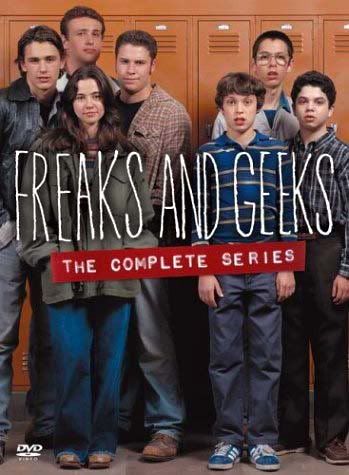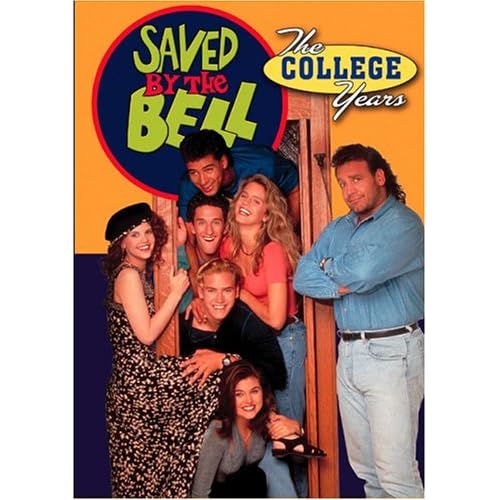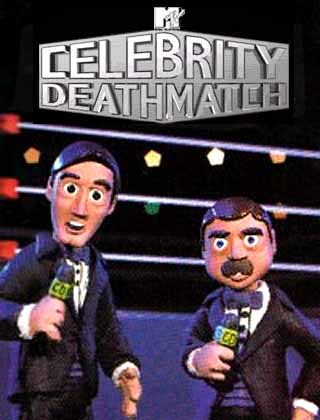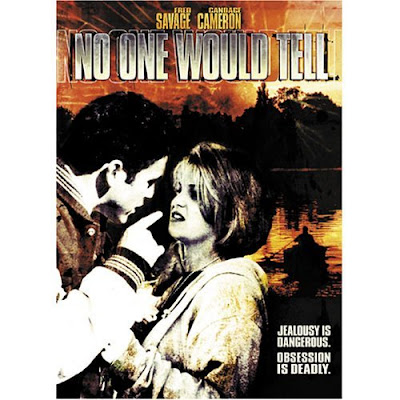
Cheesy made-for-TV movies: are there any other kind? The whole idea behind a Movie of the Week is that it probably didn't pass muster to warrant a big-budget, big-screen premiere and thus was beamed straight to your television instead. Lucky for you, you get to watch it in the comfort of your own home rather than being ridiculed at the ticket counter.
As someone whose mother only tunes the TV to three channels (for the record: Lifetime, Hallmark, and Lifetime Movie Network), I am well-versed in the art of the made-for-TV movie. They're not hard to miss. You can usually identify them in the TV listings by title alone. I'll give you a hint: Article Adjective Noun/Verb: The ________ _________ Story. Popular variations of adages ("Too Little, Too Late" "For the Love of a Woman") made good titles, as did vague, overgeneralized cliches ("A Mother's Love" "A Daughter Scorned"). It wasn't exactly rocket science.
The 90s brought us some particularly cheesy TV movies featuring some of our favorite teen stars desperate to be taken seriously as actors. I'll give you a hint: a movie of the week isn't going to cut it. For the most part, viewers just couldn't get over the idea that Zach Morris raped DJ Tanner or that the pink Power Ranger was an anorexic gymnast. I'm still struggling with the idea that Rebecca from Life Goes On killed Donna Martin.
Here are just a few of the many, many made-for-TV movies starring out favorite teen sellouts:
No One Would Tell (Candace Cameron, Fred Savage)
Kevin Arnold, how could you? This one came as a real shock to me. In 1996's No One Would Tell, Fred Savage played high school BMOC Bobby Tennison. He begins dating the eager Stacy (Cameron) and wins her over with all sorts of romantic gestures. In Lifetime movie world, that's actually an ominous sign. Actually, if you're male and you're in a Lifetime movie, it's almost guaranteed you're going to have to rape, kill, or at least abuse somewhere. I think there's a clause in the actors' contract.
Predictably, Bobby grows more and more jealous, and his behavior eventually descends into abuse. Blinded by her love, Stacy refuses to leave, despite experience with her mother's abusive relationships. Bobby ends up slitting her throat and throwing her in the river, and Sally Jessy Raphael shows up as a judge to give us the requisite talking-to: "You have a responsibility to the people you care about. If you see them hurting or you see them in trouble, you step in and you TELL someone, so that this does not happen again." It's not the most subtle of messages, but at least it's a good one.
Fifteen and Pregnant (Kirsten Dunst)

Will they ever stop playing this movie? My guess is no, considering I've probably seen it around thirty times since it premiered in 1998. Kirsten Dunst stars as Tina, who is (you guessed it!) both fifteen and pregnant. Someone in their movie naming department really deserves a medal for this one.
This is pretty much the quintessential impregnated teenage girl movie, which isn't necessarily a bad thing. It has it's moments, though like all Lifetime movies it tends to be a bit melodramatic and overwrought. It's not a bad movie overall, though it pales in comparison to MTV's 16 and Pregnant. It's probably not quite as scripted as the MTV reality show.
Without Consent: Trapped and Deceived (Jennie Garth)
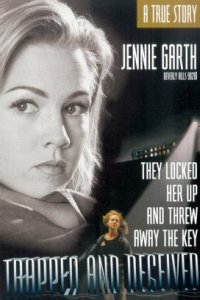
Jennie Garth did a lot of these made-for-TV movie projects over the years, but this one may have taken the take for theatrical dramatics. She starred as Laura, a wild teenager who gets into a drunk driving accident. Her parents send her to a psychiatric facility in lieu of disciplining her themselves. The asylum, it turns out, abuses and drugs its patients. The doctors try to hold her down with tranquilizers, but she escapes and tells her parents the sordid tale of her experience there. They don't believe her, she goes back, they do believe her, they try to get her out. It may be based on a true story, but it's an old and tired one.
A Friend to Die For (Kellie Martin, Tori Spelling)
Yeah, yeah, I know, in the 90s we were supposed to buy that Tori Spelling was the popular girl because she got a nose job and a dye job and her dad was Aaron Spelling, but I secretly always thought she was more convincing as a nerd on Saved by the Bell. Regardless, here she was in a 1994 Move of the Week playing The Most Popular Girl in School, bitchy cheerleader Stacy. Life Goes On's Kellie Martin stars as Angela, the Girl with Low Self Esteem for whom we should all feel sorry until she stabs someone.
Like many made-for-TV movies, A Friend to Die For is based on a true story, and a juicy one at that. Angela is desperate to fit in and joins the Larks, a club to which many of her more popular classmates belong. Angela idolizes rich cheerleader Stacy, who couldn't want less to do with her. Angela vies for Stacy's attention and eventually gets her alone and confesses her admiration for her. Stacy is justifiably freaked out, and tells Angela she's going to tell everyone at school what a weirdo she is. What's a girl to do? Why, stab Stacy to death, of course. Oh, and blame a less popular goth girl. Eventually the truth comes out about Angela, but the whole thing serves as a sort of cautionary tale against cliques. Ignore a less popular girl and face uncertain homocide. Something like that.
A Burning Passion: The Margaret Mitchell Story (Shannen Doherty)
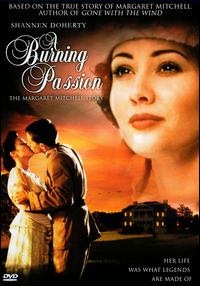
Biopic made-for-TV movies can be dangerous territory, particularly if the lead actor isn't quite capable of carrying the project. Such was the case of Shannen Doherty in her portrayal of Gone With the Wind author Margaret Mitchell, who couldn't even be bothered to read the book (though she did see the movie!). The whole thing reeked of a cross-promotional ploy to promote Scarlett, CBS's miniseries based on the sequel to Gone With the Wind. Doherty's Southern accent was truly, truly awful, and her performance was rightfully ripped apart by critics. Frankly, Shannen, we just didn't give a damn.
She Cried No (Candace Cameron, Mark-Paul Gosselaar)
Candace Cameron just can't catch a break in these, can she? It seems she's always pitted up against some teen superstar as helpless victim. Why they always have to cast the most wholesome TV guys in these awful male antagonist roles is beyond me. I get it if they're looking for an image change, but I just don't know if abusive boyfriend of frat boy rapist is the direction they should be going.
Like all made-for-TV movies that deal with the theme of drinking in college, the message is that it's always, always bad, and you will inevitably end up getting yourself into terrible situations. Cameron plays Melissa, a sweer underage co-ed who has too much to drink at a fraternity party and is date raped by Scott (Gosselaar). Melissa eventually stands up for herself and takes action against Scott, which is great, but I can't let go of the idea that Zack Morris could be so cruel to DJ Tanner. It just doesn't add up.
Perfect Body (Amy Jo Johnson)
Amy Jo Johnson (the pink ranger and Felicity's friend) plays Andie, a rising gymnastics star who develops an eating disorder. She eventually turns to bulimia upon the suggestion of a friend and ends up passing out at competitions. It's all very The Best Little Girl in the World, but overall it's not bad for a cautionary tale. It highlights the pressure young girls (and particularly athletes) to be thin. Still, I just couldn't stop thinking of Johnson as the pink Ranger. You can take the girl out of the superhero outfit, but you can't take the superhero outfit out of the girl.
It seems the formula still holds true: if all else fails for a former teen star, they can always make a buck or two in a tearjerker Movie of the Week. Artistic integrity is always second place to a steady paycheck. Considering Tori Spelling received a whopping one hundred thou for her participation in A Friend to Die For, it's probably the actors who get the last laugh.





